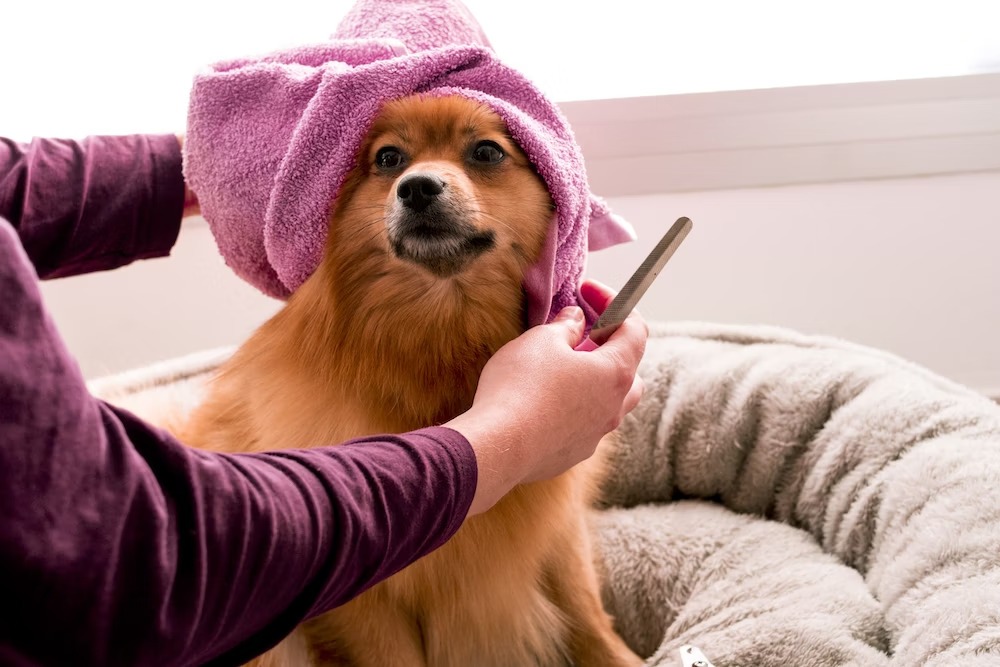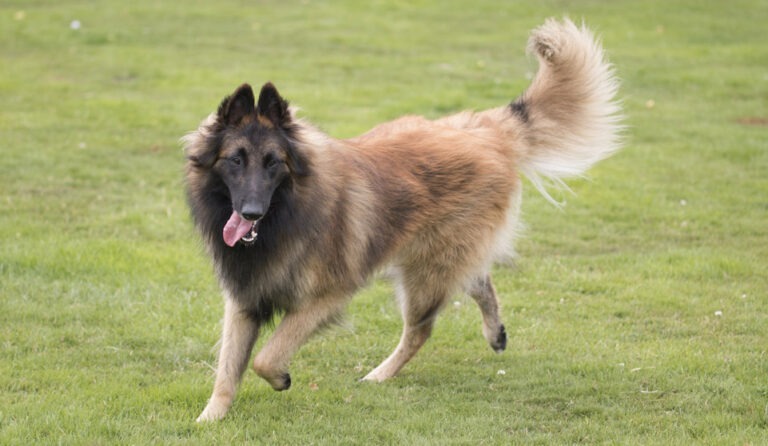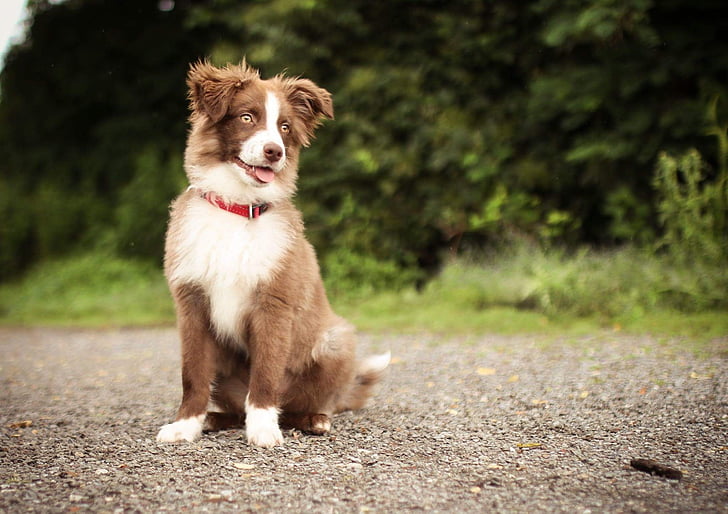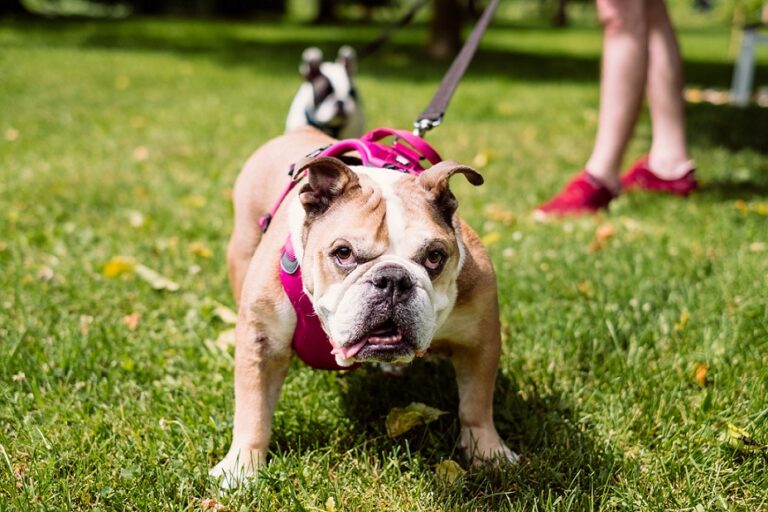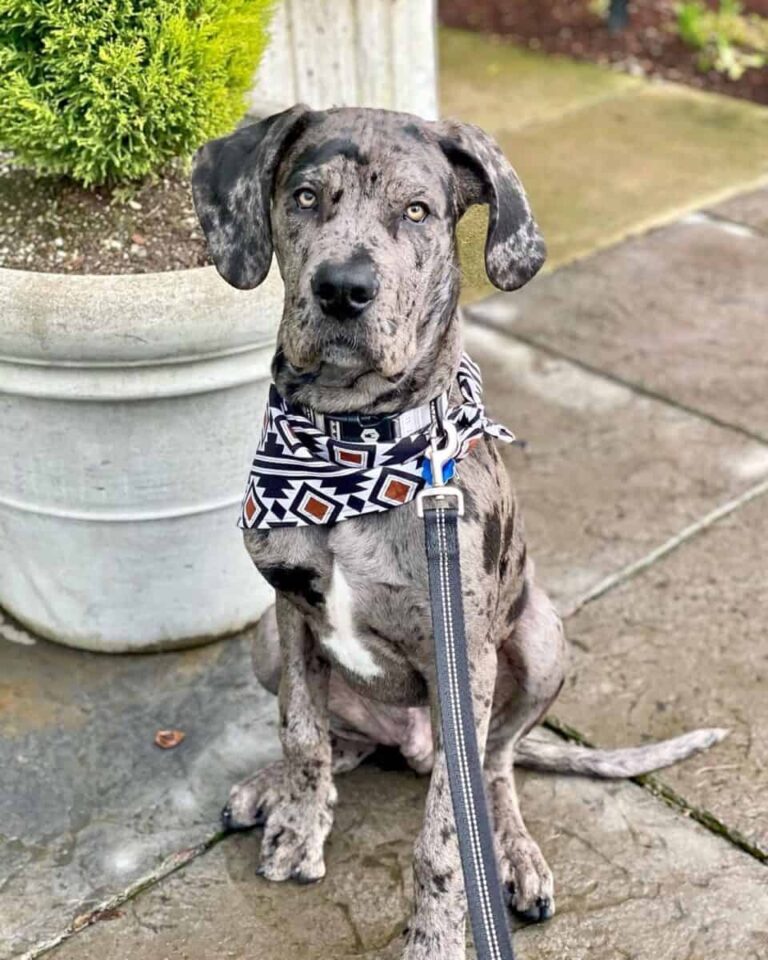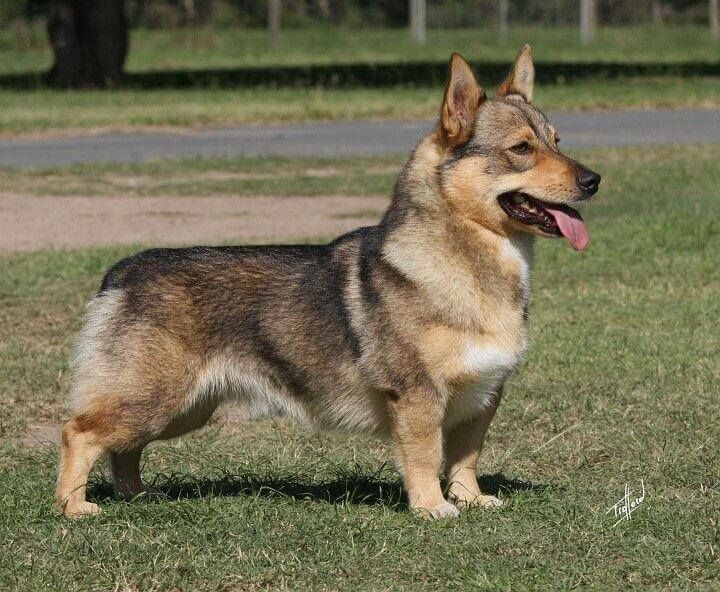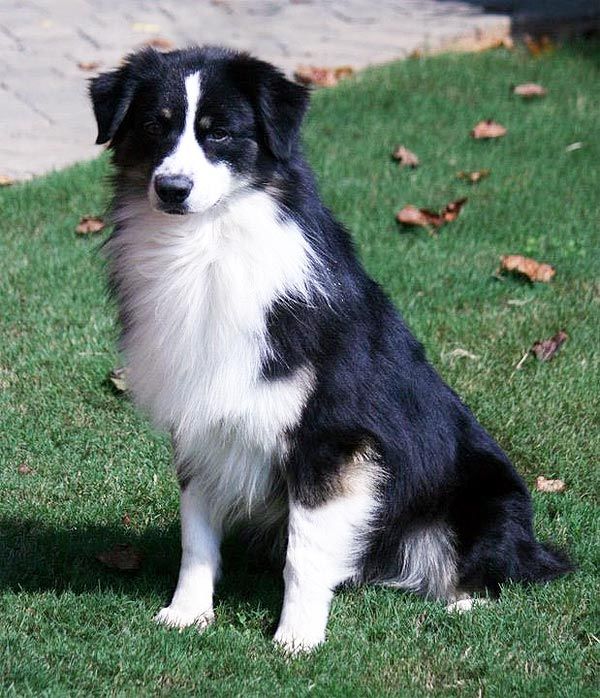Regular grooming plays a vital role in ensuring the overall well-being of your dog. Not only does it keep them looking their best, but it also helps prevent various health issues. In this comprehensive guide, we will explore a range of DIY dog grooming techniques that you can easily implement at home. From bathing and brushing to nail trimming and ear cleaning, we will provide step-by-step instructions and useful tips to make the grooming process a breeze. By following these techniques, you can keep your dog clean, healthy, and happy without the need for expensive professional grooming services.
Why DIY Dog Grooming is Beneficial
Saves Money
One of the main advantages of DIY dog grooming is the potential cost savings it offers. Professional dog grooming services can be quite expensive, especially if you have a dog that requires frequent grooming sessions. By learning and practicing grooming techniques at home, you can significantly reduce your grooming expenses over time. With the money saved, you can invest in high-quality grooming tools and products to ensure your dog receives the best care possible.
Bonding with Your Dog
Grooming your dog can be a wonderful bonding experience for both of you. Dogs thrive on human interaction and attention, and grooming provides the perfect opportunity to strengthen your bond. Regular grooming sessions allow you to spend quality time with your furry friend and establish trust and affection. The physical contact and gentle grooming actions can be soothing and comforting for your dog, creating a positive association with grooming activities.
Control Over Products Used
When you opt for DIY dog grooming, you have complete control over the products used on your dog’s coat and skin. This is particularly beneficial if your dog has sensitive skin or allergies to certain ingredients. By carefully selecting grooming products that are suitable for your dog’s specific needs, you can ensure their comfort and well-being. Additionally, you can choose natural and organic products that are free from harsh chemicals, promoting a healthier coat and reducing the risk of skin irritation.
Overall, DIY dog grooming offers various advantages, including cost savings, strengthening the bond with your dog, and having control over the products used. By investing time and effort into learning proper grooming techniques, you can keep your dog clean, happy, and healthy while enjoying the many benefits that come with grooming them yourself.
Essential Dog Grooming Tools
When it comes to DIY dog grooming, having the right tools is essential. Proper grooming not only keeps your dog looking clean and happy, but it also helps maintain their overall health and hygiene. Here are some essential grooming tools that every dog owner should have:
Brushes and Combs
Brushing and combing your dog’s coat regularly is vital for keeping their fur tangle-free and preventing mats from forming. Different breeds and coat types require specific brushes and combs, so it’s important to choose the right ones for your dog. Here are a few options to consider:
- Bristle Brushes: Ideal for dogs with short, smooth coats, bristle brushes help remove loose hair and distribute natural oils, giving the coat a healthy sheen.
- Slicker Brushes: These brushes have fine, short wires close together and are perfect for removing tangles and mats in dogs with medium to long hair.
- Undercoat Rakes: Designed for double-coated breeds, undercoat rakes effectively remove loose hair and reduce shedding by reaching the undercoat.
- Combination Brushes: These brushes feature a combination of bristles and pins, making them versatile for various coat types.
Regular brushing not only keeps your dog’s coat looking its best but also promotes bonding and allows you to check for any skin issues or parasites.
Nail Clippers
Keeping your dog’s nails at an appropriate length is crucial for their comfort and overall paw health. Long nails can be uncomfortable and even lead to issues with walking or running. While some dogs naturally wear down their nails through exercise, most will require occasional nail trims. Here are a few types of nail clippers commonly used for dogs:
- Scissor Clippers: Similar to regular scissors, scissor clippers are easy to handle and work well for small to medium-sized dogs.
- Guillotine Clippers: These clippers have a hole where you insert the nail, and a blade slides across to cut it. They are suitable for dogs of all sizes.
- Grinder Tools: Electric or battery-operated grinders file down the nails gradually, making them a useful option for dogs who are afraid of clippers.
Proper nail trimming technique and caution are essential to avoid cutting the quick, a sensitive part of the nail that can cause bleeding. If you’re unsure about nail trimming, consult a professional groomer or veterinarian.
Ear Cleaning Solutions
Cleaning your dog’s ears regularly helps prevent infection and keeps them comfortable. Dogs with floppy ears or excessive hair in their ear canals are more prone to ear issues. Here are a few types of ear cleaning solutions to consider:
- Ear Cleansing Wipes: Convenient and easy to use, these pre-soaked wipes are gentle on your dog’s ears and help remove dirt and debris.
- Ear Cleansing Liquid: These solutions are applied using a cotton ball or pad to gently clean the outer ear canal. They help remove wax and prevent buildup.
- Drying Powders: Used after cleaning, drying powders help absorb moisture and prevent the growth of bacteria or yeast in the ears.
Remember to be gentle when cleaning your dog’s ears and avoid inserting anything deep into the ear canal. If you notice any signs of infection or discomfort, consult your veterinarian for proper diagnosis and treatment.
By having these essential dog grooming tools, you’ll be well-equipped to keep your furry friend looking their best while ensuring their overall cleanliness and happiness. Regular grooming sessions can also be a great opportunity to bond with your dog and provide them with the care they deserve.
Step-by-Step Guide to DIY Dog Grooming
Bathing Your Dog
Bathing your dog is an essential part of their grooming routine. Follow these steps to ensure a successful and stress-free bathing experience for both you and your furry friend:
- Prepare the bathing area: Choose a suitable location such as a bathtub or a large sink. Place a non-slip mat or towel on the bottom to prevent your dog from slipping.
- Gather necessary supplies: Get all the necessary bathing supplies ready before bringing your dog into the bathing area. This includes dog shampoo, conditioner (if needed), a brush or comb, towels, and treats for rewards.
- Brush your dog’s coat: Before bathing, brush your dog’s coat to remove any loose hair or tangles. This will make the bathing process more effective and prevent clogging the drain.
- Wet your dog: Using lukewarm water, thoroughly wet your dog’s coat, starting from the neck and working your way down. Avoid getting water in their ears and eyes.
- Apply shampoo: Apply a dog-specific shampoo to your dog’s coat, and gently massage it in, ensuring you reach all areas, including the belly, legs, and tail. Be cautious around sensitive areas like the face and genitals.
- Rinse thoroughly: Rinse off all the shampoo from your dog’s coat. Leaving any residue can irritate their skin. Make sure to rinse until the water runs clear.
- Condition (if needed): If your dog has long or dry hair, applying a dog conditioner can help keep their coat healthy and shiny. Follow the instructions on the conditioner bottle for best results.
- Towel dry: Use a towel to gently dry your dog’s coat, starting from their head and working your way down. Be thorough but gentle, especially if your dog has long hair or a thick coat.
- Reward your dog: After the bathing session, reward your dog with treats and praise for their good behavior. This positive reinforcement will help them associate grooming with positive experiences.
Brushing Your Dog’s Coat
Regular brushing is crucial for maintaining your dog’s coat health and preventing matting. Follow these steps to effectively brush your dog’s coat:
- Choose the right brush: Different dog breeds require different types of brushes. Consult with a professional groomer or veterinarian to determine the most suitable brush for your dog’s coat type.
- Start with a detangler: If your dog has long hair or tangles, use a detangler spray or conditioner to make brushing easier and less painful for your furry friend.
- Begin brushing: Start at the top of your dog’s head and work your way down towards the tail. Use gentle, but firm strokes to remove any loose hair or tangles. Pay attention to the undercoat as well, especially for double-coated breeds.
- Check for mats: While brushing, check for any mats or knots in your dog’s coat. Use your fingers or a mat splitter to carefully untangle them. If the mat is too severe, consult a professional groomer to avoid causing any pain or discomfort to your dog.
- Brush all body parts: Don’t forget to brush your dog’s ears, legs, belly, and tail. Be gentle around sensitive areas, and always use appropriate brushes or combs for each body part.
- Establish a brushing routine: Set a regular brushing schedule based on your dog’s coat type and length. Short-haired dogs may only need brushing once a week, while long-haired breeds may require daily brushing to prevent matting.
Trimming Your Dog’s Nails
Trimming your dog’s nails is an important part of their grooming routine, as long nails can cause discomfort and potential health issues. Here’s how to trim your dog’s nails safely:
- Get the right tools: Purchase a pair of quality dog nail clippers or a nail grinder. Choose a tool that suits your comfort level and your dog’s nail size.
- Familiarize your dog: Gradually introduce your dog to the nail clippers or grinder by letting them sniff and inspect the tools. Offer treats and praise to create a positive association.
- Find a well-lit area: Choose a well-lit area where you can comfortably and safely trim your dog’s nails. Having good visibility will help you avoid cutting the quick, which can cause bleeding and pain.
- Get a firm grip: Hold your dog’s paw firmly but gently. If your dog feels anxious or uncomfortable, consider having a second person assist you in holding them securely.
- Trim gradually: Start by trimming a small portion of the nail, avoiding the quick (the pink area inside the nail). If your dog has clear or light-colored nails, you can see the quick easily. If they have dark nails, trim small bits at a time to avoid cutting too deep.
- Use treats and positive reinforcement: Throughout the nail trimming process, offer your dog treats and praise to reward their cooperation. This will help them associate nail trimming with positive experiences.
- Take breaks if needed: If your dog becomes too anxious or stressed, take breaks during the nail trimming session. It’s important to ensure that both you and your dog remain calm and comfortable throughout the process.
Remember, if you’re unsure or uncomfortable trimming your dog’s nails, it’s always best to seek the assistance of a professional groomer or veterinarian to avoid any accidents or injuries.
Tips for Successful Dog Grooming
Make it a Positive Experience
Grooming should be a positive and enjoyable experience for your dog. Here are some tips to ensure that grooming time is stress-free and pleasant for both you and your furry friend:
- Start by creating a calm and comfortable environment. Choose a quiet space where you can groom your dog without distractions or loud noises.
- Introduce grooming gradually, especially if your dog is not used to being handled. Begin by simply touching and petting your dog’s body to help them get accustomed to being touched and groomed.
- Use positive reinforcement techniques such as treats and praise to reward your dog for good behavior during grooming sessions. This will help them associate grooming with positive experiences and encourage cooperation.
- Take it slow and be patient. If your dog becomes anxious or stressed, take a step back and give them some time to relax. Pushing them too far may lead to negative associations with grooming and make future sessions more difficult.
Take Breaks if Needed
Grooming can be tiring for both you and your dog, especially if it is a lengthy or intricate process. It is important to recognize when your dog needs a break and allow them to rest. Here are a few signs that indicate your dog may need a break during grooming:
- Heavy panting or excessive drooling: These signs indicate that your dog may be stressed or overheating. It’s essential to stop and give them a chance to relax and cool down.
- Restlessness or fidgeting: If your dog is constantly moving or trying to escape, it may be a sign that they are uncomfortable or need a break. Take a pause and allow them to calm down before continuing.
- Vocalization or aggression: If your dog starts growling, snapping, or showing signs of aggression, it is crucial to stop immediately and assess the situation. These behaviors indicate that your dog is feeling threatened or fearful and may require professional help to address the underlying issues.
Remember, taking breaks during grooming sessions not only helps ensure your dog’s well-being but also allows you to maintain a positive and stress-free environment for both of you.
Reward Your Dog
Rewarding your dog during and after grooming sessions is an effective way to reinforce positive behavior and make the experience more enjoyable for them. Here are some ideas on how to reward your furry friend:
- Treats: Use small, tasty treats as rewards for good behavior during grooming. For example, give your dog a treat after they sit still for brushing or allow you to trim their nails without resistance.
- Verbal praise: Dogs love to hear words of encouragement and praise from their owners. Use a cheerful and enthusiastic tone to let your dog know they’re doing a great job. Positive reinforcement through verbal praise can go a long way in making grooming a positive experience.
- Playtime or a walk: After a successful grooming session, reward your dog with their favorite activity. This could be a game of fetch, a walk in the park, or some quality playtime. This not only reinforces positive behavior but also gives your dog something to look forward to after grooming.
By incorporating rewards into your grooming routine, you can help your dog associate grooming with positive experiences and build a strong bond of trust and cooperation between you and your furry companion.
DIY dog grooming techniques can be a great way to keep your dog clean and happy while also saving you time and money. By following the tips and guidelines provided in this article, you can learn how to properly groom your dog at home, ensuring their overall well-being and maintaining a strong bond with your furry friend. Remember to always approach grooming sessions with patience, love, and positivity, as this will not only make the experience more enjoyable for both you and your dog but also contribute to a healthier and happier pet. With regular grooming and proper care, your dog will always look and feel their best. So why not give it a try and embark on this rewarding journey of DIY dog grooming today?

